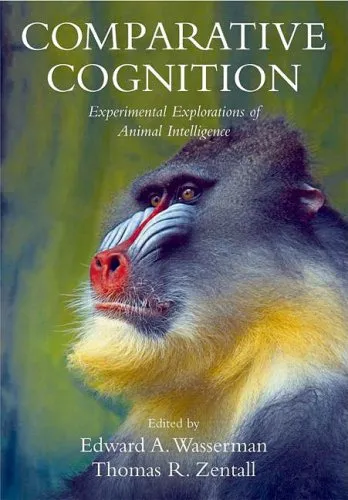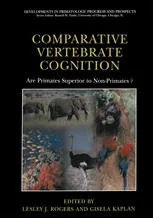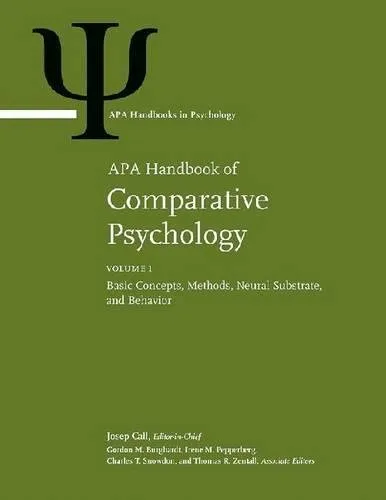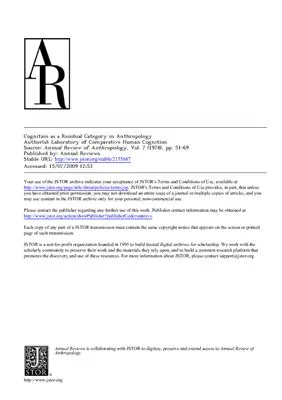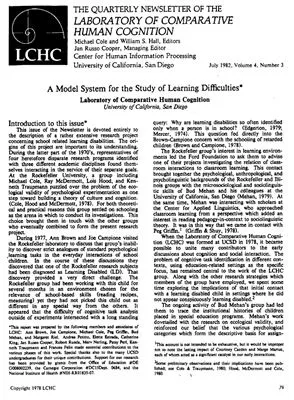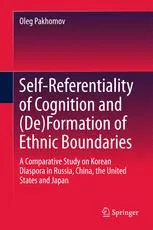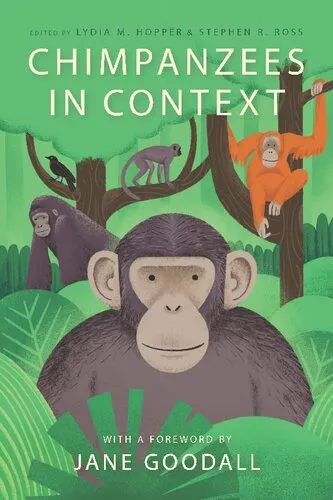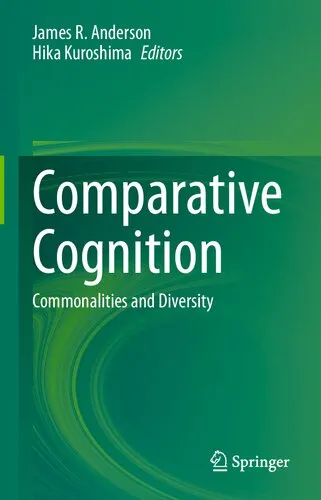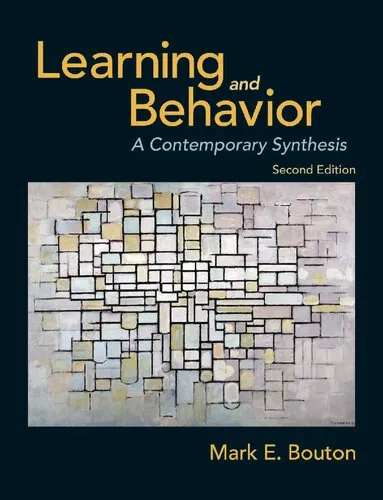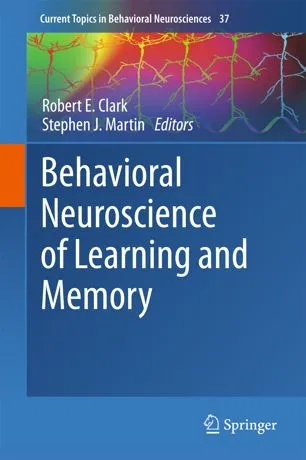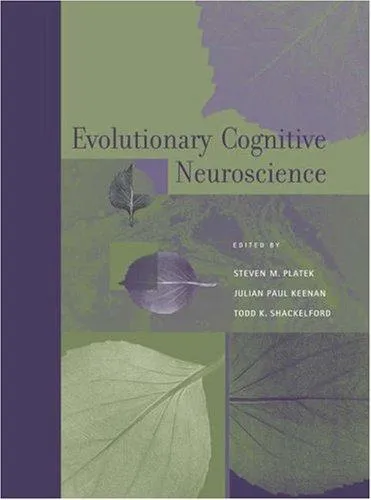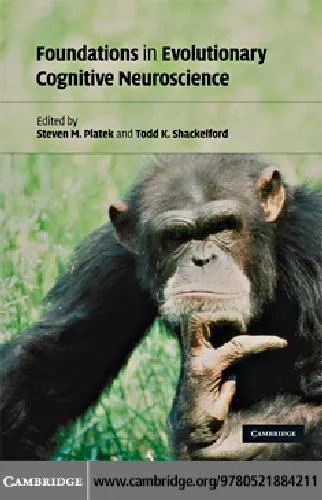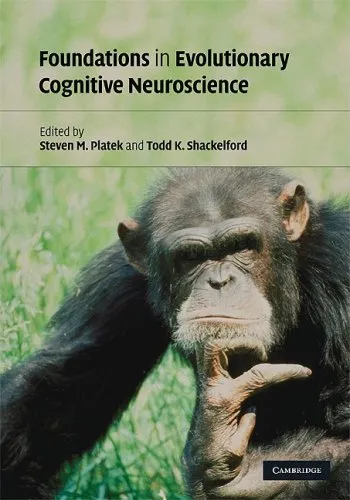Stimulus Class Formation in Humans and Animals
4.0
Reviews from our users

You Can Ask your questions from this book's AI after Login
Each download or ask from book AI costs 2 points. To earn more free points, please visit the Points Guide Page and complete some valuable actions.Related Refrences:
Introduction to 'Stimulus Class Formation in Humans and Animals'
Welcome to a comprehensive exploration of stimulus class formation, a pivotal concept bridging the disciplines of behavioral psychology and cognitive science. This seminal work, edited by Thomas R. Zentall and Paul M. Smeets, delves into the complexities of how both humans and animals form associations among stimuli, offering insights that are as diverse as they are profound.
Detailed Summary of the Book
‘Stimulus Class Formation in Humans and Animals’ is a groundbreaking anthology that meticulously examines the mechanisms and processes through which organisms categorize and understand their environments. With contributions from leading researchers in the field, this book articulates the multifaceted nature of stimulus class formation—ranging from basic associative learning to more sophisticated cognitive processes.
The authors explore seminal theories, such as stimulus equivalence, and introduce innovative research methodologies that reveal how both humans and animals utilize stimuli to form cognitive frameworks. This compendium not only highlights empirical findings but also integrates theoretical perspectives that seek to unify different approaches to understanding stimulus responses.
As you journey through its chapters, you will encounter detailed analyses of experimental evidence, case studies, and discussions on the applications of stimulus class formation in real-world scenarios, further solidifying its import in fields like education, therapy, and artificial intelligence.
Key Takeaways
- Understand the fundamental concepts and theories underpinning stimulus class formation.
- Explore the interdisciplinary approaches to studying how organisms interact with and interpret stimuli.
- Gain insights into the latest experimental methodologies and their practical applications.
- Discover the similarities and differences in stimulus class formation across species.
- Learn about the implications of these findings for enhancing learning and adapting behaviors in various environments.
Famous Quotes from the Book
"Through the lens of stimulus class formation, we begin to unravel the intricacies of how knowledge is acquired, structured, and utilized by both humans and non-human animals."
"Our understanding of learning is fundamentally enhanced when we recognize stimulus class formation as a dynamic, multifaceted process."
Why This Book Matters
This book is not just an academic resource; it is a critical contribution to the fields of psychology and behavioral science. Its significance lies in its ability to synthesize vast amounts of research into a coherent understanding of how organisms interact with their world. For researchers, educators, and students, this volume serves as both an introduction and an advanced guide to the principles of behavior and cognition.
Furthermore, 'Stimulus Class Formation in Humans and Animals' offers pragmatic insights that are applicable to diverse domains, including technology design, human-computer interaction, and behavioral therapy. Its emphasis on interdisciplinary approaches encourages readers to think beyond conventional boundaries and consider the broader implications of stimulus class formation.
In sum, this book is indispensable for anyone seeking to deepen their understanding of cognitive processes and the adaptive mechanisms that underlie learning and behavior across species.
Free Direct Download
You Can Download this book after Login
Accessing books through legal platforms and public libraries not only supports the rights of authors and publishers but also contributes to the sustainability of reading culture. Before downloading, please take a moment to consider these options.
Find this book on other platforms:
WorldCat helps you find books in libraries worldwide.
See ratings, reviews, and discussions on Goodreads.
Find and buy rare or used books on AbeBooks.
1529
بازدید4.0
امتیاز0
نظر98%
رضایتReviews:
4.0
Based on 0 users review
Questions & Answers
Ask questions about this book or help others by answering
No questions yet. Be the first to ask!
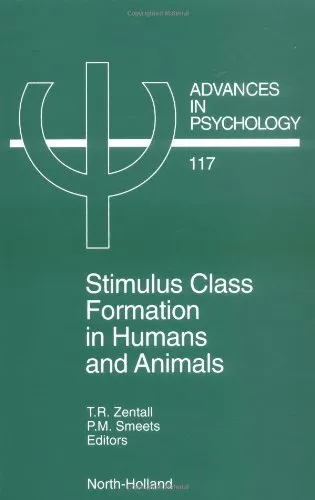
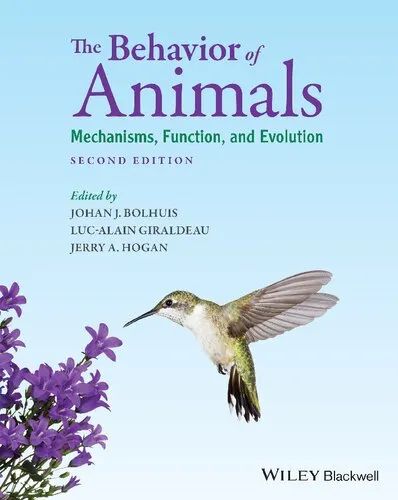
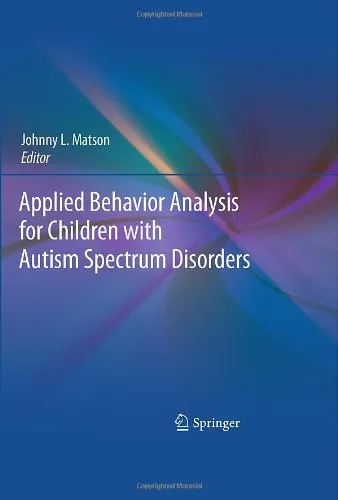
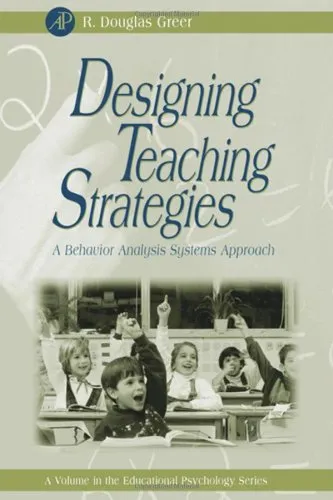
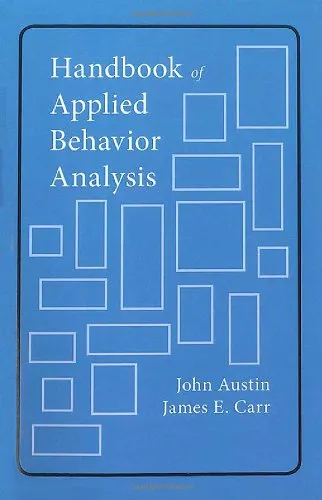
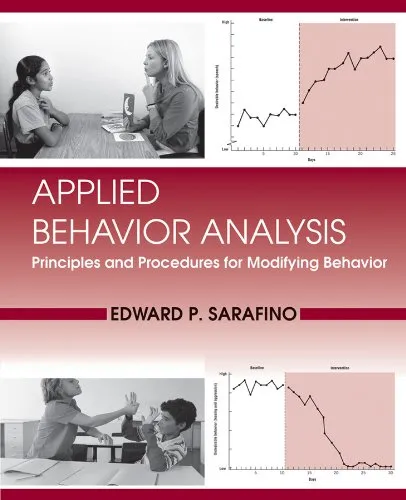
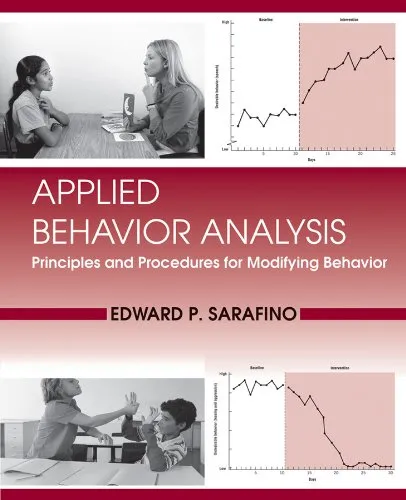

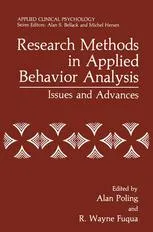
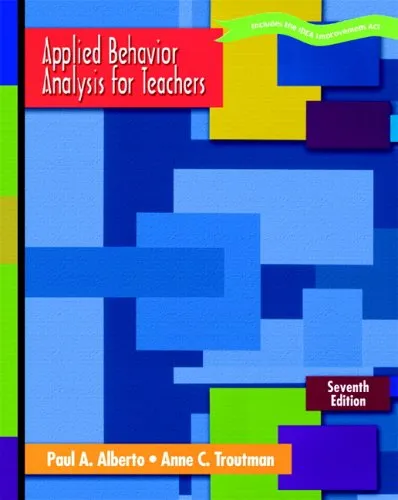
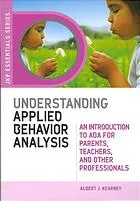
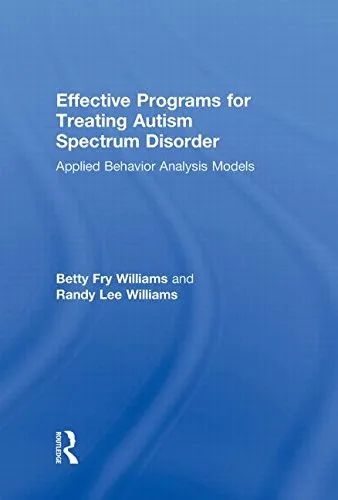

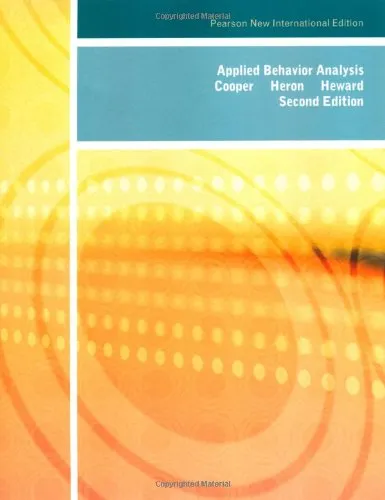
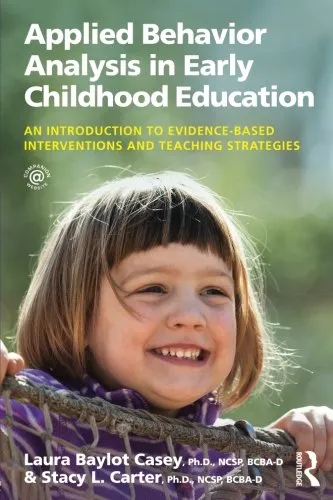
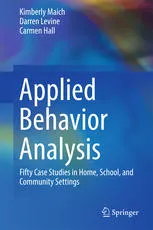
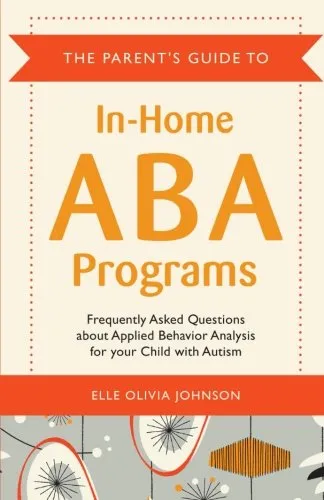
![Applied Behavior Analysis for Teachers [with eText Access Code]](https://s3.refhub.ir/images/thumb/Applied_Behavior_Analysis_for_Teachers__with__24673.webp)

